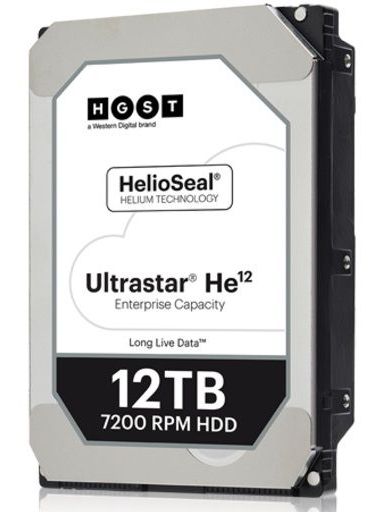Archive for the ‘computing’ category: Page 650
Aug 3, 2017
This company held a “chip party” to implant their employees with microchips
Posted by John Gallagher in categories: computing, surveillance
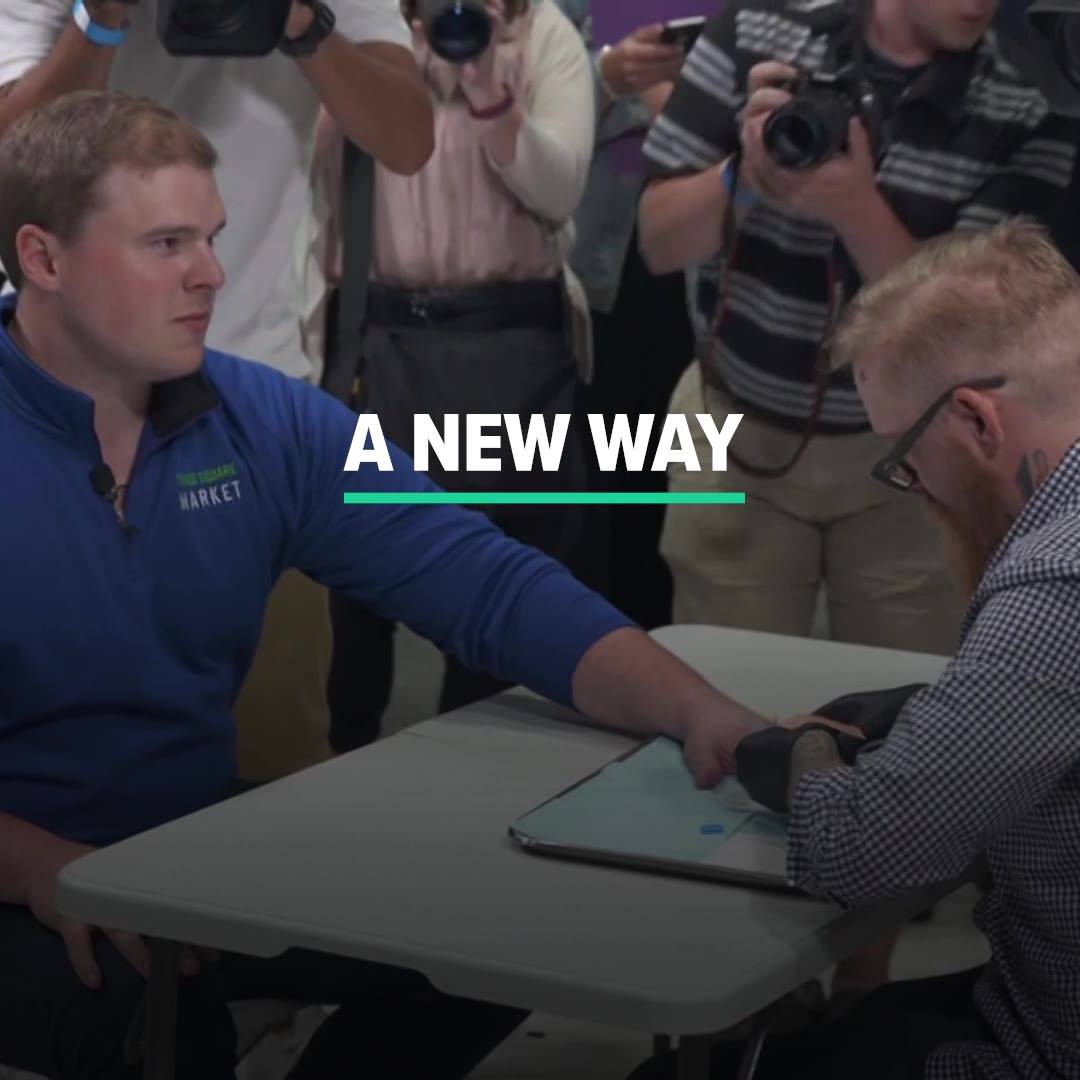
Aug 2, 2017
A living programmable biocomputing device based on RNA
Posted by Sean Brazell in categories: biotech/medical, computing, engineering, nanotechnology, sustainability
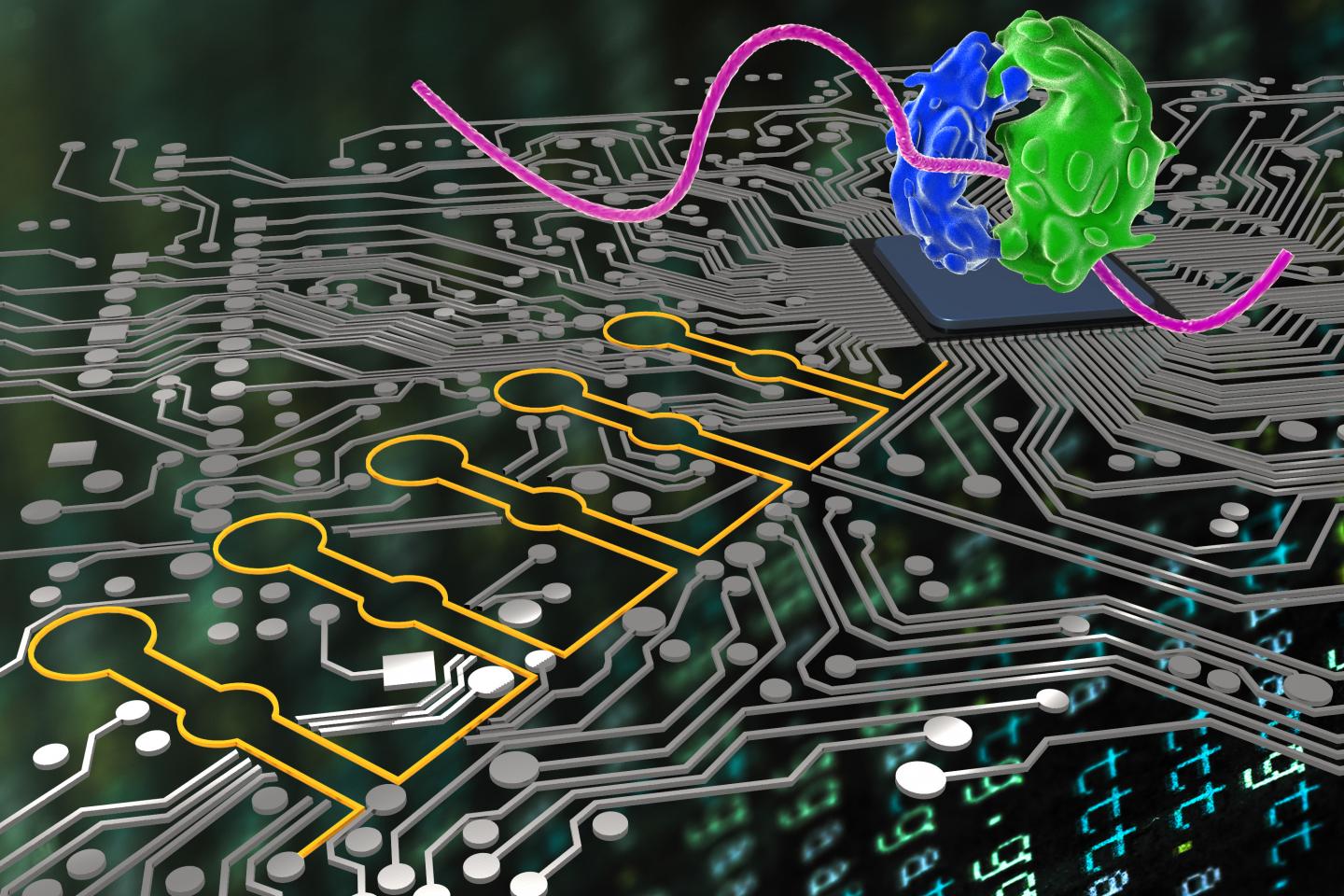

Synthetic biologists at Harvard’s Wyss Institute for Biologically Inspired Engineering and associates have developed a living programmable “ribocomputing” device based on networks of precisely designed, self-assembling synthetic RNAs (ribonucleic acid). The RNAs can sense multiple biosignals and make logical decisions to control protein production with high precision.
Continue reading “A living programmable biocomputing device based on RNA” »
Aug 2, 2017
IBM Announces Record Breaking New Data Storage Device
Posted by Shane Hinshaw in categories: computing, health
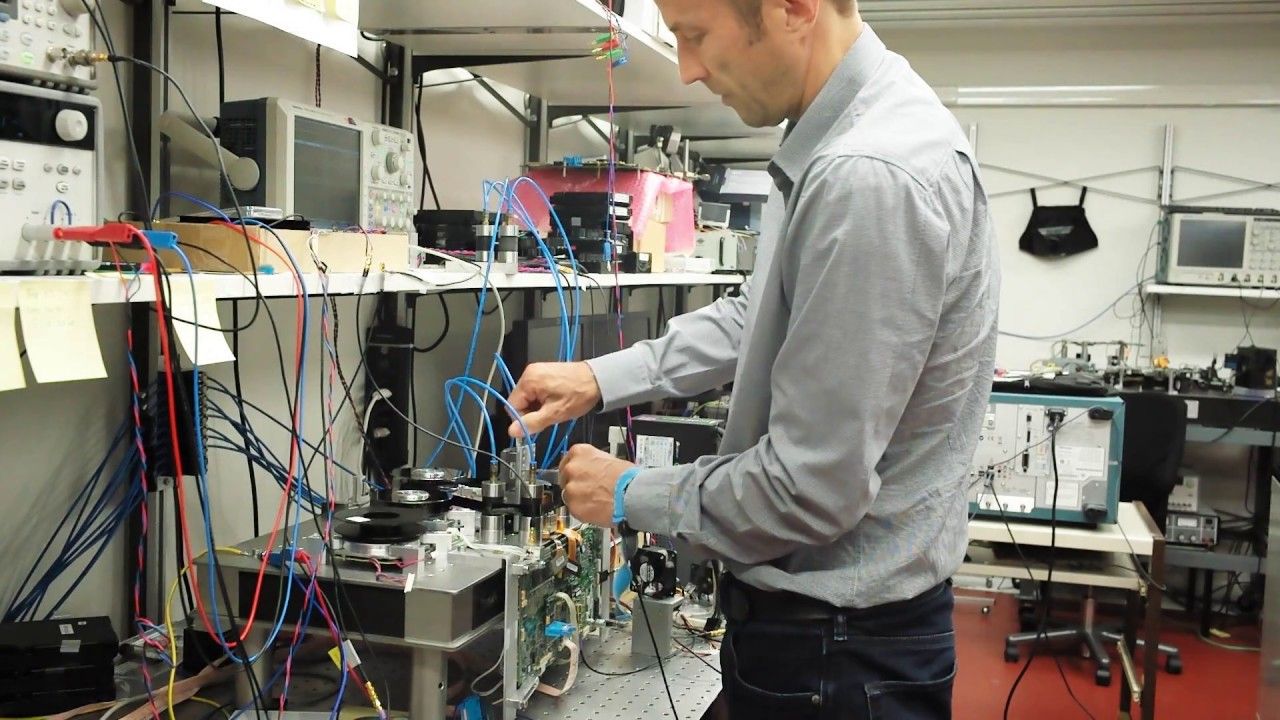
IBM and Sony have successfully developed a magnetic tape storage cartridge capable of containing more than 300 terabytes of data. This device, which comes in the smallest format there is, could revolutionize data storage even in cloud platforms.
Magnetic tape drives have been around for more than six decades now. It’s commercial use has been mostly for storing data, such as tax documents and health care records, from mainframe computers. From the first 2-megabyte tape drives in the 1950s, today’s versions are now capable of storing up to 15 terabytes. IBM has been pushing it further.
Continue reading “IBM Announces Record Breaking New Data Storage Device” »
Aug 2, 2017
IBM scientists have captured 330TB of uncompressed data into a tiny cartridge
Posted by Shailesh Prasad in categories: computing, health
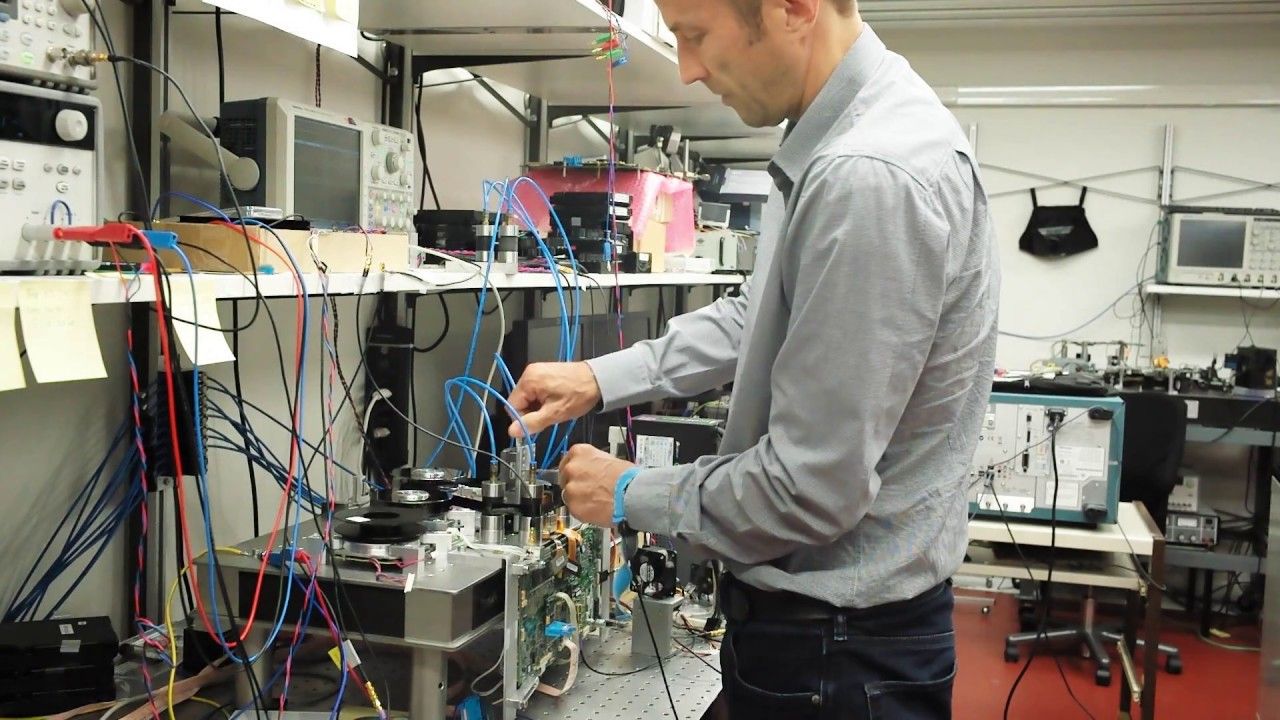
In a new world record, scientists at IBM have captured 330 terabytes of uncompressed data, or the equivalent of 330 million books, into a cartridge that can fit into the palm of your hand. The record of 201 gigabits per square inch on prototype sputtered magnetic tape is more than 20 times the areal density currently used in commercial tape drives. Areal recording density is the amount of information that can be stored on a given area of surface.
Tape drives were invented over 60 years ago and were traditionally used for archiving tax documents and health care records. IBM’s first tape unit used reels of half-inch-wide tape that could only hold about 2 megabytes.
Continue reading “IBM scientists have captured 330TB of uncompressed data into a tiny cartridge” »
Aug 2, 2017
World’s lamest cyborg? My microchip isn’t cool now – but it could be the future
Posted by Zoltan Istvan in categories: computing, cyborgs
Olivia Solon felt more key fob than Robocop after getting implanted with a microchip to make contactless purchases. But the future could hold much more.
Aug 1, 2017
Professor George Church – Turning Back Time to End Age-related Diseases
Posted by Steve Hill in categories: bioengineering, biotech/medical, computing, genetics, life extension, neuroscience
Many of you will likely already know who Professor George Church is and that he is an important and senior member of the research community engaged in treating the aging processes to prevent or reverse age-related diseases, not to mention all kinds of other applications for genetic engineering. For those who are not familiar with him a short bio follows.
George Church is a professor at Harvard & MIT, the co-author of over 425 papers, 95 patent publications and the book Regenesis. He developed the methods used for the first genome sequence back in 1994 and he was instrumental in reducing the costs since then using next generation sequencing and nanopores plus barcoding, DNA assembly from chips, genome editing, writing and re-coding.
He co-initiated the Genome projects in 1984 and 2005 to create and interpret the world’s only open-access personal precision medicine datasets. He was also involved in launching the BRAIN Initiative in 2011.
Jul 31, 2017
Scientists Have an Experiment to See If the Human Mind Is Bound to the Physical World
Posted by Shailesh Prasad in categories: computing, neuroscience, quantum physics

Theoretical physicist Lucien Hardy is pushing wants to push the boundaries of quantum physics by performing a Bell test using humans as links. This could potentially shed light on the existence of human consciousness and just what it is made of.
Perhaps one of the most intriguing and interesting phenomena in quantum physics is what Einstein referred to as a “spooky action at a distance” — also known as quantum entanglement. This quantum effect is behind what makes quantum computers work, as quantum bits (qubits) generally rely on entanglement to process data and information. It’s also the working theory behind the possibility of quantum teleportation.
Jul 30, 2017
Western Digital announces high-capacity 12TB, 14TB helium-filled hard drives
Posted by Shailesh Prasad in categories: computing, futurism
Western Digital has announced new 12TB, helium-filled hard drives, with a 14TB drive coming in the near future. The company has squeezed an eighth platter into a conventional 3.5-inch form factor, where other conventional drives top out at six.
Jul 30, 2017
Hacked E. Coli Shows the Promise of Programmable Biology
Posted by Klaus Baldauf in categories: bioengineering, biotech/medical, computing
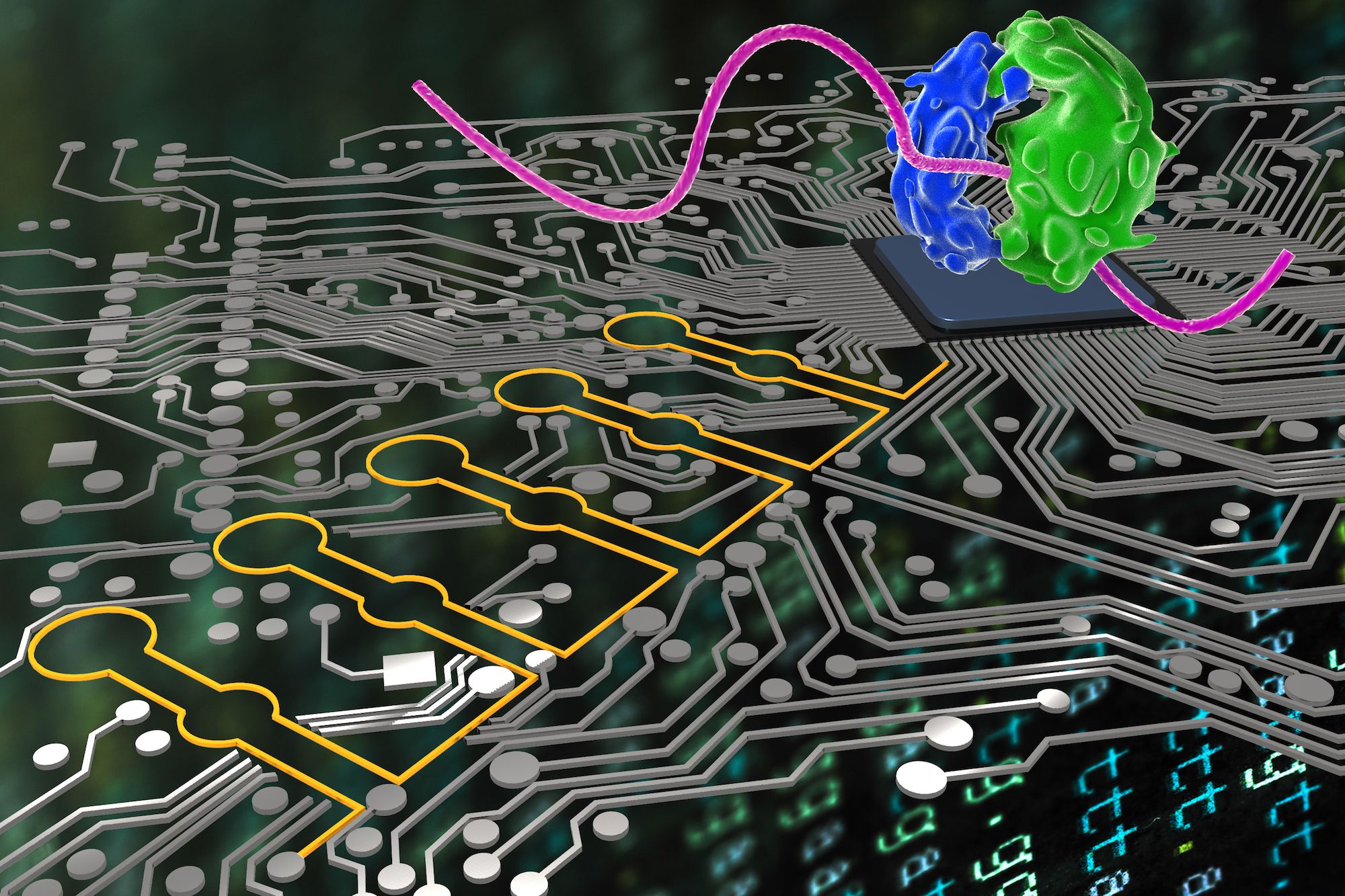 Researchers turn living cells into biological sensing and computing platforms.
Researchers turn living cells into biological sensing and computing platforms.
The preferred term is “ribocomputing.” Take a molecule of RNA, the “messenger” chemical that carries instructions from a cell’s DNA to the rest of the cell, and basically rewire it. By hacking the RNA, it’s thus possible to take command of the processes of the cell, particularly that of protein synthesis. It’s also possible to rewire the RNA to respond to specific stimuli, offering an engineered microbiological system that reacts to inputs in the same way that an embedded computer might respond to a temperature sensor of accelerometer.
Synthetic biology or “hacked” biology is a quickly growing field, but the term ribocomputing is scarce, mostly limited to a single 2016 study. That was the case at least until this week and the publication of a paper in Nature describing RNA-based synthetic biological circuits that are capable of implementing just what I described above: sensing external signals and directing cellular machinery to respond to those signals in programmed ways. It’s fascinating but also a bit spooky.
Continue reading “Hacked E. Coli Shows the Promise of Programmable Biology” »



